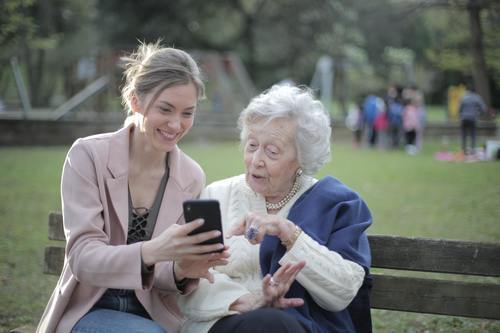Mobile Devices Increase Global Learning Opportunities
Learning on-the-go is evolving with cutting-edge technology that gives individuals the flexibility to learn at the time and place of choice. From mobile applications to mobile access to web-based learning opportunities, the landscape for e-learning encompasses a wide variety of tools to enhance the educational experience. Here are five ways trainers incorporate mobile learning into educational experiences.

Combo

In some learning environments, a combination of in-person and remote learning gives students the ability to sign a Precisely agreement to attend classes according to their schedule. They may access a class via an online portal, using a mobile phone or tablet. A blended class learning environment can be an efficient technique to encourage individuals to sign-up for a course. Students enjoy the flexibility of both remote and in-person group learning.

Adaptation
Advanced technologies enhance mobile learning with adaptive artificial intelligence. Students access technology that analyzes learner responses, adapting the content based upon the user’s answers for quizzes and test questions. Mobile applications use this method to engage remote learning by introducing subject matter on a level that matches the user’s understanding.
E-books
Access to e-books may surpass the use of traditional textbooks. As a cost-efficient option, mobile users may download and read a book on the go. For learners, the content is available 24/7 on a tablet or smartphone device, providing the convenience of reading whenever or wherever the student chooses.
On-Demand
On-demand content is available on mobile devices from kindergarten thru college. Trainers produce recorded course work, allowing students to browse through a websites catalog of offerings to choose a subject to learn about. These internet-based programs are increasing in popularity. Students can learn a new language or a handy skill right from the ease and comfort of a mobile device. Self-paced learning modules are convenient, allowing the student to work it into the schedule.
Virtual Reality
Mobile virtual reality uses the power of technology to simulate a real-world or fantasy experience for education, training, and entertainment. Mobile developers are improving communication, so learners may experience video on demand or real-time interaction to enhance the learning objectives.
The term mobile learning encompasses a variety of technological advances, applications, and methods, which allow learners to access information remotely on a mobile device. For both the learner and instructor, new mobile technologies offer location flexibility. Streaming content on-demand or introducing information live to mobile users combine the power of innovation with evolving educational opportunities. Today, mobile learners may access information from across the globe, removing limits on the ability to learn and grow.




